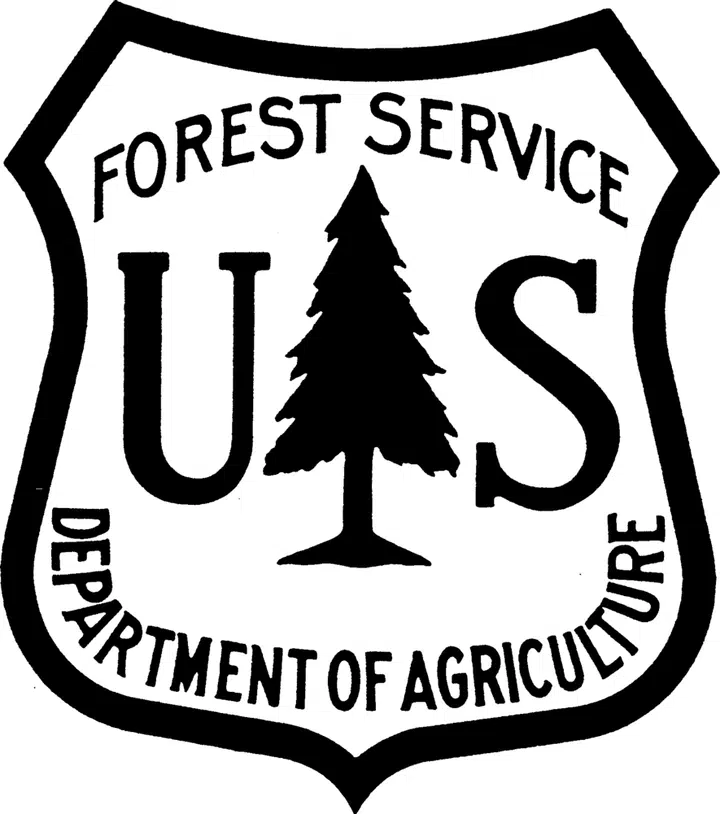
The amazing thing is… this goal can and should be kept while meeting any of the other goals! The health of a forest never, ever needs to be sacrificed for woods to be profitable, enjoyed, or protected.
Some key questions that will help you determine management actions: Are you aware of pests, diseases, and other threats that could be in or threatening your woods? Are there invasive plants in your woods? Do you hope to boost biodiversity?
Some ways to protect health and ecological integrity in the woods:
- For old, already healthy forests: buffering and protecting actions such as minimizing human activity or throughways, or cleaning off boots to prevent invasive seed from entering the woods. Sometimes preservation is the best management action.
- For woods that don’t have much regeneration: understand the impacts of deer and consider hunting or culling if the browse pressure is too high.
- For young, densely-stocked woods: consider talking to a consulting forester about if an improvement cut could aid biodiversity and individual tree health, while also providing some structural diversity.
- For invaded woods: Control those weeds! Invasive plant management can bring health, biodiversity, and regeneration back to stagnated woods.
- For overall biodiversity: Consider making a “soft edge” on your woodland where young shrubby natives and trees can grow, and more species of birds and mammals thrive.
The following resources are for those who want to manage their woods for better health:
- American Tree Farm System
- Invasive Plants Field and Reference Guide
- Ohio Invasive Plants Council
- Invasive and Exotic Weeds
- Ohio Woodland Stewards
What should I consider before launching into management?
Ask yourself a few key questions about your goals and the land to help you get off on the right foot. Should you choose to speak to a natural resource professional about creating a management plan for your property, your answers to these questions will assist in the planning process.
- How much wooded acreage do you have? Are the boundaries marked? This is a good first step. There are some professionals (https://ohiosurveyor.org/) who do this, but if you want to do it yourself, check out your county auditor’s website, or even use Google Earth to help walk your property and mark boundaries: Marking Property Lines
- What is the history of your property, and what was the past land use? How old is the forest? We can’t plan for the future without knowing the past!
- What are the unique features of your property that you treasure?
- What are your existing resources and constraints? This includes the money, time, or physical limitations you have for management activities.
- What are your long-term goals for the woods? What do you want for the forest in the future?
For more, check out MyLandPlan.org, an American Forest Foundation webpage for landowners seeking to get more out of the land they love.
If you are interested in how to take care of individual trees, please check out our HF&G Tree Care Toolkit
Other Resources

March 14, 2022
Small Woodland Management Manual
This manual provides a shorthand guide to effectively manage your woodlands. more

September 29, 2021
Pass on or Protect the Woods
There are many options to consider when you own undeveloped land. Let us help you address some concerns! more

September 29, 2021
Profit from the Woods
This short guide will help you evaluate opportunities for sustainable income from your woodlands. more

September 29, 2021
Keep the Woods Healthy
Learn about protecting the health and ecological integrity of your woodlands. more

September 29, 2021
Enjoying the Woods
Evaluate the benefits your woodlands provide, and plan for the future. more













